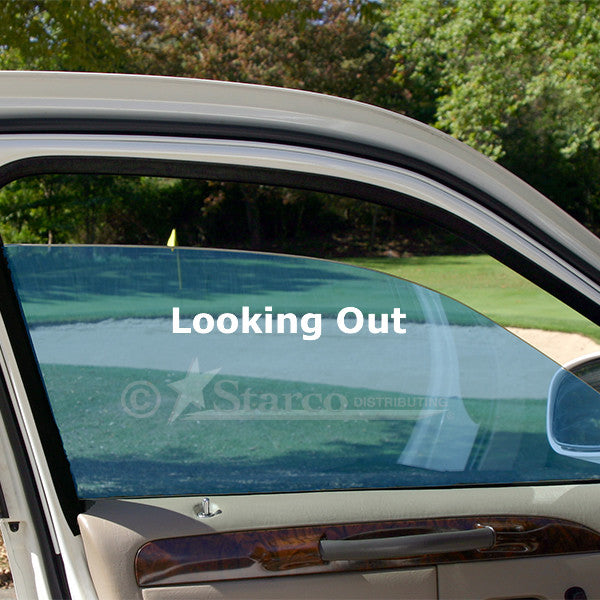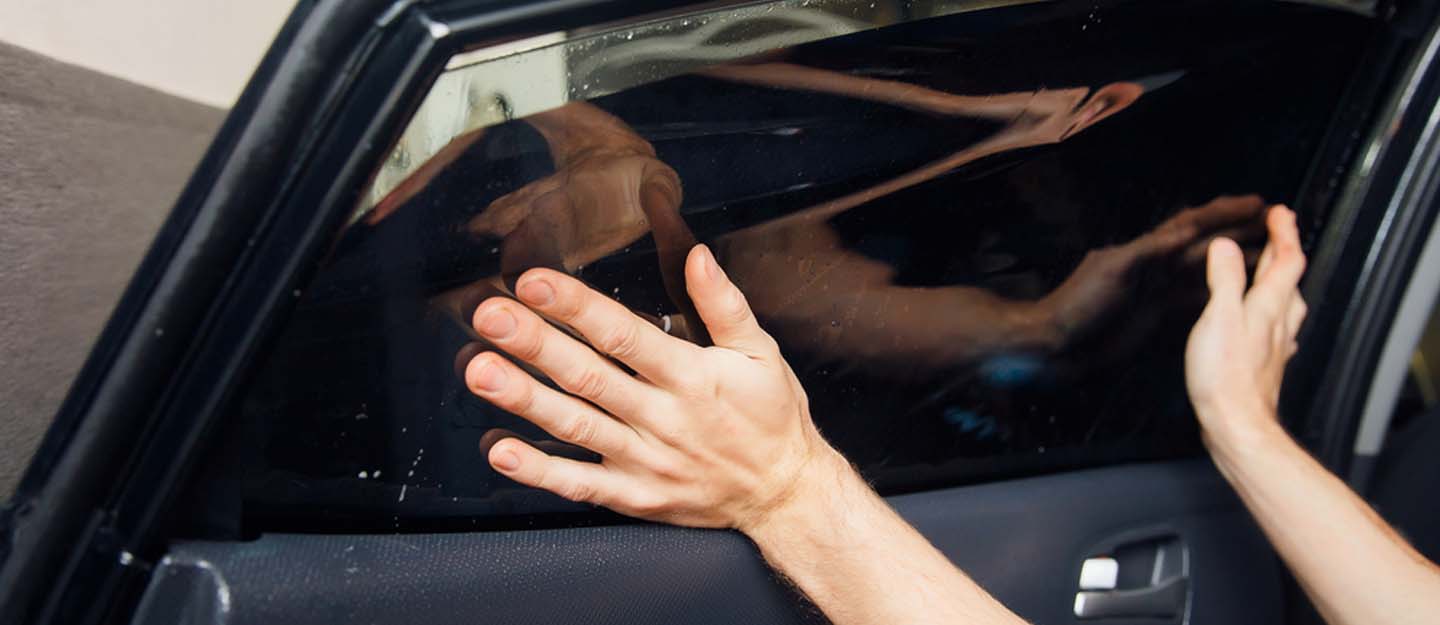The Latest Trends in window tinting for Modern Vehicles
The Latest Trends in window tinting for Modern Vehicles
Blog Article
Exploring the Different Types of Home Window Color for Cars and Their Benefits

Dyed Window Color
Colored window tint is a popular choice amongst auto proprietors seeking to improve privacy and reduce glow while preserving a trendy appearance. This kind of color is produced by incorporating color right into the glue layer, which is then related to the home windows of the automobile. The main appeal of colored window tint depends on its capacity to supply a visually pleasing look without compromising capability.
Among one of the most considerable advantages of dyed home window tint is its ability to obstruct dangerous UV rays, assisting to protect both guests and the automobile's interior from sunlight damage. In addition, this tint effectively minimizes glare, adding to a more comfy driving experience, especially throughout bright daytime conditions. The growing of window shade also includes a layer of personal privacy, making it much more tough for outsiders to see inside the car.
Nonetheless, it is vital to note that while dyed home window tint uses numerous advantages, it may not give as much heat denial as other sorts of colors. Moreover, its durability can be affected by exposure to prolonged sunshine, possibly resulting in fading gradually. Generally, colored window tint stays a popular option for those prioritizing aesthetics and fundamental sunlight defense.
Metalized Home Window Tint
Metalized home window tint represents an innovative choice for automobile owners looking to boost both efficiency and aesthetic appeals. One of the primary benefits of metalized window tint is its premium warm rejection capacities, which can substantially reduce the interior temperature level of an automobile.
Moreover, metalized colors provide raised longevity compared to colored films, making them immune to fading and scraping. This durability guarantees that the tint maintains its performance and appearance with time, offering lasting value.
In addition, metalized window tint can boost privacy and safety by making it harder for outsiders to see inside the car. The reflective top quality of the tint can likewise hinder potential burglary, as prized possessions are less noticeable (window tinting). While it may hinder some digital signals, such as general practitioner or mobile phone function, the total benefits make metalized window color an engaging choice for lots of car owners
Ceramic Home Window Color
Offering sophisticated modern technology and unrivaled efficiency, ceramic home window color has emerged as a top option for critical car owners. This ingenious movie is made up of innovative ceramic fragments that offer considerable warmth denial while keeping clarity and visibility. Unlike conventional colors, ceramic home window color does not depend on steel or dye, which can disrupt digital signals from tools such as general practitioner and cellular phone.
Among the standout advantages of ceramic home window color is its extraordinary UV protection. It blocks up to 99% of damaging ultraviolet rays, consequently securing both the automobile's inside and its passengers from sunlight damages. Furthermore, this kind of tint improves privacy without compromising visibility, making it a useful option for daily drivers and deluxe lorries alike.
Ceramic home window color likewise flaunts durability; it is resistant to fading and damaging, making certain durable efficiency. Its non-reflective nature suggests it does not trigger glare, adding to more secure driving conditions (window tinting). For those looking for a premium color remedy that incorporates appearances with performance, ceramic window color attracts attention as a remarkable choice, supplying improved comfort and defense on the road
Carbon Window Tint
When it involves window tinting alternatives, carbon window color has actually acquired appeal for its blend of efficiency and cost. This sort of color is composed of carbon fragments, which offer a distinctive matte surface that enhances the visual appeal of automobiles. One of the main advantages of carbon window color is its capability to obstruct a significant quantity of hazardous UV rays, shielding both the car's inside and its residents from skin damages and fading.
Additionally, carbon these details home window color provides superb heat being rejected residential properties, reducing the requirement for too much air conditioning and enhancing gas efficiency. Unlike dyed colors, carbon colors do not fade gradually, keeping their effectiveness and appearance for several years. This durability makes them a functional selection for best site vehicle owners looking for lasting worth.
Furthermore, carbon window color is non-metalized, which suggests it does not conflict with electronic signals, making it appropriate for lorries furnished with GPS, Bluetooth, and other cordless technologies. The balance of cost, efficiency, and visual appeal has actually developed carbon window tint as a favored option for several lorry proprietors. Ultimately, it works as a trusted solution for those seeking to improve convenience while making sure design.
Manufacturing Facility Color
Factory tint, likewise understood as OEM tint, refers to the tinting that is related to vehicle windows throughout the production procedure. This kind of tint is usually integrated into the glass itself, using an uniform appearance and consistent degrees of shielding throughout all windows. The primary purpose of factory color is to minimize glare and improve passenger convenience while giving a level of UV security.

While manufacturing facility tint provides basic advantages, it might not offer the same level of warmth denial or personal privacy as higher-grade aftermarket tints. Vehicle proprietors seeking enhanced efficiency might think about additional tinting alternatives, while still appreciating the aesthetic allure and performance factory color offers.
Conclusion

Nevertheless, it is important to keep in mind that while dyed home window color supplies various benefits, it may not supply as much heat being rejected as various other types of colors. For those looking for a premium color solution that integrates aesthetics with capability, ceramic home window tint stands out as a remarkable choice, supplying boosted convenience and defense on the roadway.
When it comes to window tinting alternatives, carbon window tint has obtained popularity for its blend of efficiency and price.Factory tint, additionally known as OEM tint, refers to the tinting that is applied to vehicle home windows throughout the manufacturing process. The precise degree of color can differ depending on the vehicle supplier and model, with some automobiles including extra substantial tint on rear windows than on front windows.
Report this page